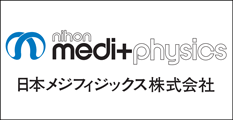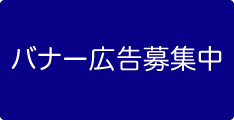塩化カリウム施肥圃場で栽培された稲の土壌からの放射性セシウムの移行係数の経年減少(2015~2019年)Annual Reduction of Transfer Factor of Radiocesium from Soil to Rice Cultivated in a KCl Fertilized Paddy Field from 2015 to 2019
1 ふくしま再生の会NPO Resurrection of Fukushima
2 東京大学大学院農学生命科学研究科Graduate School of Agricultural and Life Sciences, The University of Tokyo
3 福島大学食農学類Department of Agriculture, Fukushima University
4 星薬科大学Hoshi University



